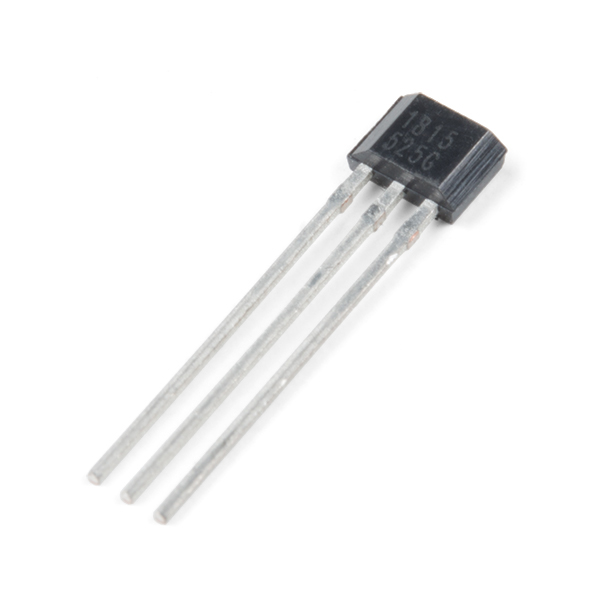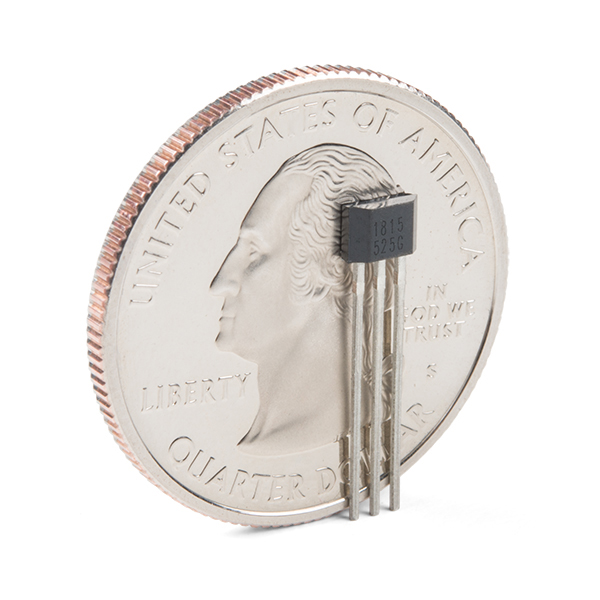Hall-Effect Sensor - AH1815 (Non-Latching)
The AH1815 is an integrated Hall-Effect non-latched sensor. That’s nice but what does it do? Holding a magnet near the sensor will cause the output pin to toggle. This makes for a robust presence sensor. A reed sensor also works nicely, but can be limited by the glass encapsulation and size. A Hall-Effect sensor is much smaller, but can handle less current than a reed switch.
The AH1815 is a low-sensitivity, micro-power Omnipolar Hall effect switch IC, designed for portable and battery powered consumer equipment for home appliance and industrial applications such as smart-meter magnetic-tamper detection. Based on two sensitive Hall effect plates and a chopper-stabilized architecture, the AH1815 provides a reliable solution over the whole operating range. To support portable and battery powered equipment, the design has been optimized to operate over the supply range of 2.5V to 5.5V and consumes only 24µW with a supply of 3V.
The single open drain output can switch on with either a north or south pole of sufficient strength. When the magnetic flux density (B) perpendicular to the package is larger than operating point (Bop) the output is switched on (pulled low). The output is turned off when B becomes lower than the releasing point (Brp). The output will remain off when there is no magnetic field.
- Omnipolar (North or South pole) Operation
- Low Sensitivity
- Single Open Drain Output
- Micropower Operation
- 2.5V to 5.5V Operating Range
- -40°C to +125°C Operating Temperature
- Chopper Stabilized Design Provides Superior Temperature Stability Minimal Switch Point Drift Enhanced Immunity to Stress
Hall-Effect Sensor - AH1815 (Non-Latching) Product Help and Resources
Core Skill: Programming
If a board needs code or communicates somehow, you're going to need to know how to program or interface with it. The programming skill is all about communication and code.
Skill Level: Rookie - You will need a better fundamental understand of what code is, and how it works. You will be using beginner-level software and development tools like Arduino. You will be dealing directly with code, but numerous examples and libraries are available. Sensors or shields will communicate with serial or TTL.
See all skill levels
Core Skill: Electrical Prototyping
If it requires power, you need to know how much, what all the pins do, and how to hook it up. You may need to reference datasheets, schematics, and know the ins and outs of electronics.
Skill Level: Noob - You don't need to reference a datasheet, but you will need to know basic power requirements.
See all skill levels
Comments
Looking for answers to technical questions?
We welcome your comments and suggestions below. However, if you are looking for solutions to technical questions please see our Technical Assistance page.
Customer Reviews
No reviews yet.


